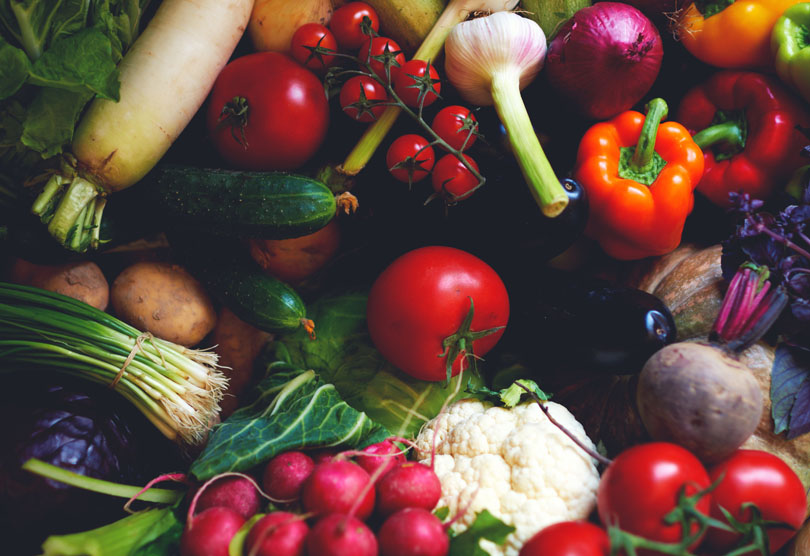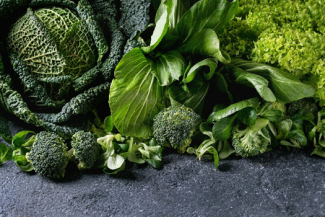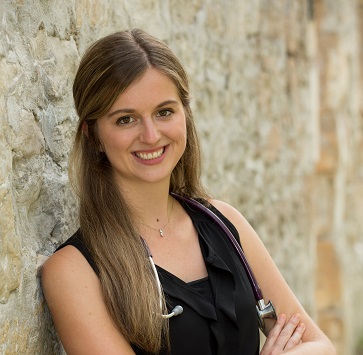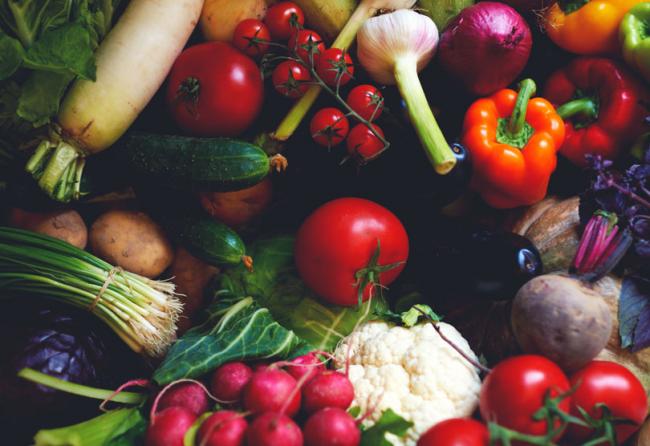Related Articles
- 09 Apr 16
 Are you tired of being told what you once thought was healthy is now bad for you? It’s frustrating to go from one extreme diet to another, and constantly be worried about what you should and shouldn’t be eating. Have you ever noticed that there is only one constant to any fad diet, weight loss plan, or nutrition regiment? Vegetables. And lots of them.
Are you tired of being told what you once thought was healthy is now bad for you? It’s frustrating to go from one extreme diet to another, and constantly be worried about what you should and shouldn’t be eating. Have you ever noticed that there is only one constant to any fad diet, weight loss plan, or nutrition regiment? Vegetables. And lots of them.
Newsletter
Your subscription could not be saved. Please try again.
You've successfully subscirbed to Naturopathic Currents monthly newsletter!
Most Popular
- 09 Jul 15
- 17 Jun 13
- 17 Jun 13
- 17 Jun 13
- 01 Jul 13
- 17 Jun 13
- 17 Jun 13
- 17 Jun 13
- 01 Jul 13
- 17 Jun 13
- 17 Jun 13
- 17 Jun 13
- 01 Jul 13



















